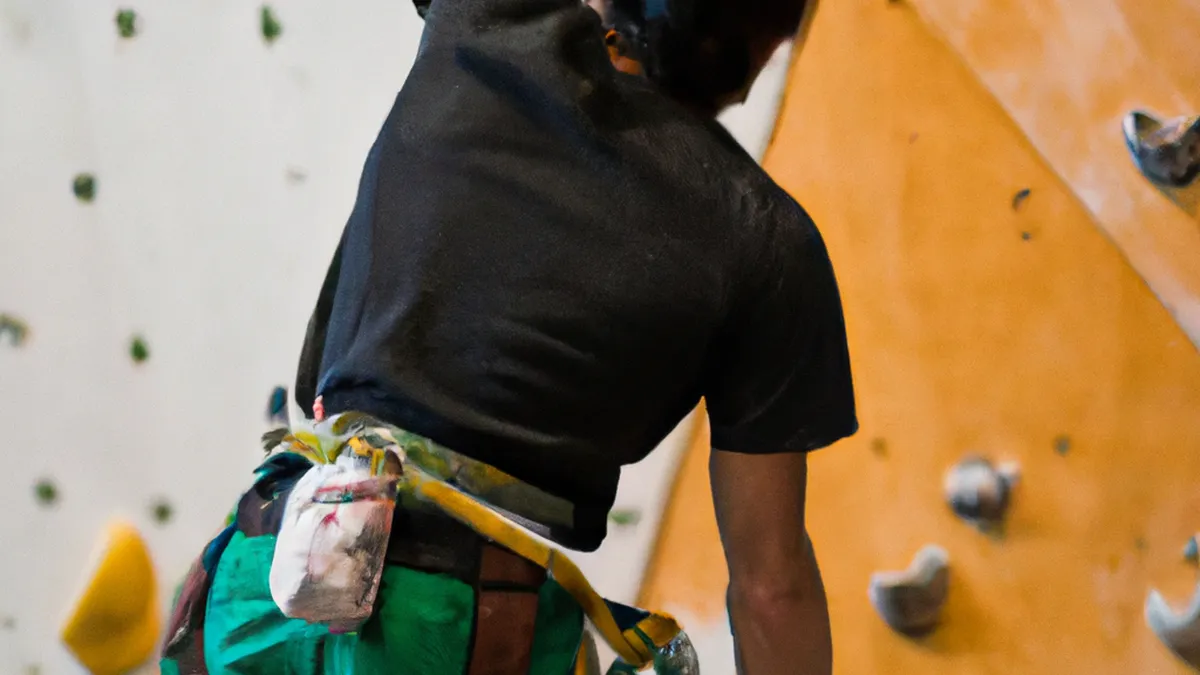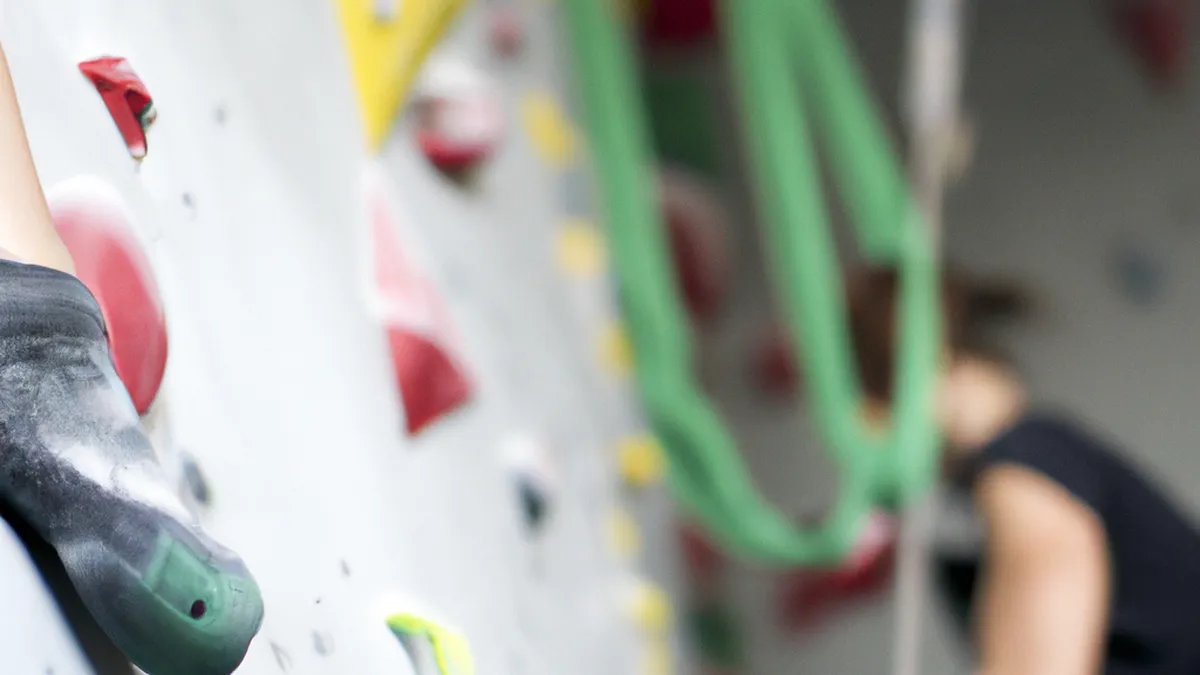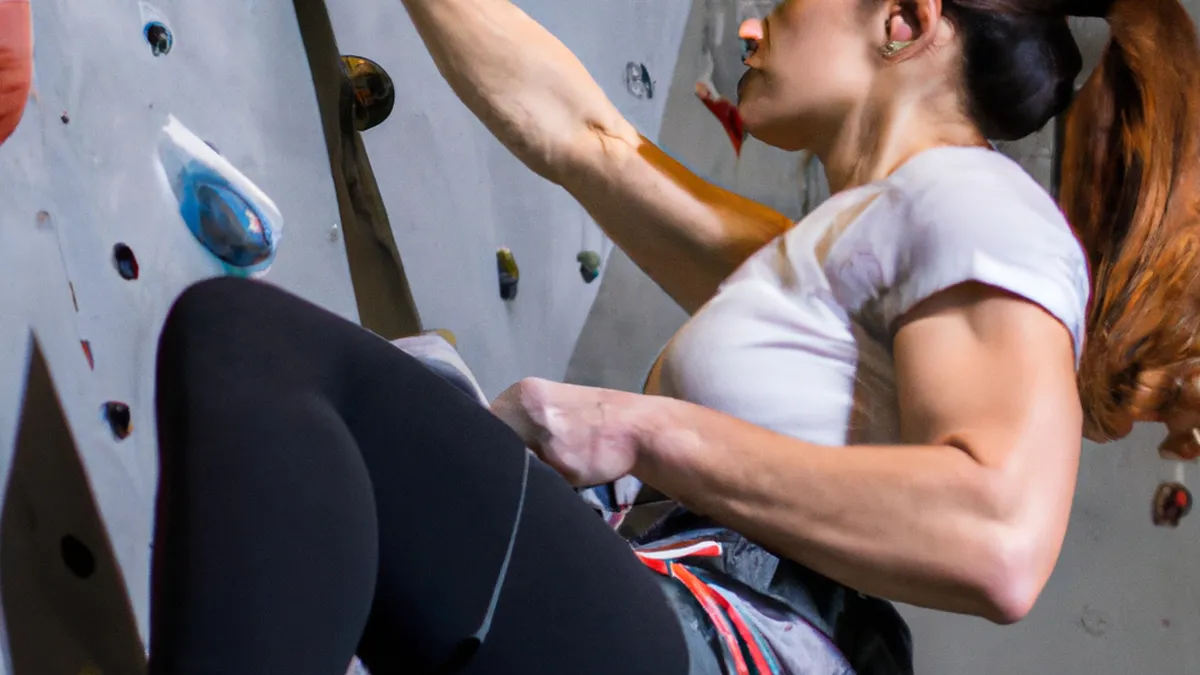Flex Routine for Aspiring Rock Climbers
Flexibility for Climbing: Unlock Your PotentialClimbing requires strength, technique, and mental focus. Flexibility significantly enhances your performance. Flexible climbers reach holds easily, maintain better body positions, and execute maneuvers efficiently. This blog explores tips for improving flexibility, advice on stretching routines, and the benefits of flexibility in climbing.
Understanding Flexibility in Climbing
Flexibility describes a muscle or joint’s ability to stretch, increasing the range of motion. In climbing, flexibility is crucial for several reasons:- **Reachability**: Climbers often face far-apart holds. Greater flexibility helps you extend your reach and grasp distant holds.- **Body Positioning**: Proper body positioning aids efficient climbing. Flexible climbers maintain better alignment, distributing weight effectively and reducing fatigue.- **Technique**: Many climbing techniques, like high-stepping and heel hooks, require flexibility. Improved flexibility enables precise execution of these techniques.- **Injury Prevention**: Tight muscles can lead to injuries. Flexibility training maintains muscle elasticity, lowering the risk of strains and sprains.
Tips for Improving Flexibility
As an Amazon Associate I earn from qualifying purchases.
Gear tip: consider yoga mat, yoga bolster, and pilates ring to support this topic.
Improving flexibility demands a dedicated approach. Here are effective tips to boost your climbing flexibility:
1. Incorporate Dynamic Stretching
Dynamic stretching effectively warms you up before climbing. Move your body through a full range of motion instead of holding stretches. Try leg swings, arm circles, and torso twists. These movements increase blood flow and prepare your muscles. Aim for 10-15 minutes of dynamic stretching before each session to enhance mobility and reduce injury risks.
2. Practice Static Stretching
After climbing, spend time on static stretching. Hold stretches for 15-30 seconds. Focus on major muscle groups like hamstrings, quadriceps, shoulders, and back. Include stretches for hip flexors and calves for optimal range of motion. Regular static stretching improves flexibility and reduces muscle tightness, making climbing easier.
3. Use Yoga for Climbing Flexibility
Yoga improves flexibility and body awareness. Many poses enhance mobility in climbing-specific areas. For example, downward dog stretches your hamstrings and calves, while pigeon pose opens your hips. The cat-cow pose increases spinal flexibility, and warrior poses strengthen your legs while promoting balance. Practice yoga at least once a week to improve flexibility and core strength.
4. Engage in Active Flexibility Training
Active flexibility training helps climbers maintain flexibility while engaging the muscles. Incorporate exercises that emphasize controlled movement through stretches.
Conclusion
Flexibility greatly enhances climbing performance. Implement these tips to improve your flexibility and enjoy climbing more effectively.
Below are related products based on this post:
FAQ
Why is flexibility important for climbing?
Flexibility is crucial in climbing as it enhances reachability, body positioning, and technique execution. Flexible climbers can extend their reach to grasp distant holds, maintain better alignment, and perform techniques like high-stepping more effectively. Additionally, it helps in preventing injuries by keeping muscles elastic and reducing the risk of strains.
What are some effective methods to improve flexibility for climbers?
To improve flexibility, climbers can incorporate dynamic stretching as a warm-up, practice static stretching after climbing, and engage in yoga. Dynamic stretching prepares the body for movement, while static stretching focuses on key muscle groups. Yoga not only enhances flexibility but also promotes body awareness and core strength.
How often should I practice flexibility exercises for climbing?
Climbers should aim to practice dynamic stretching for 10-15 minutes before each climbing session. After climbing, dedicating time to static stretching is essential. Additionally, incorporating yoga into your routine at least once a week can significantly improve flexibility and overall climbing performance.















Post Comment